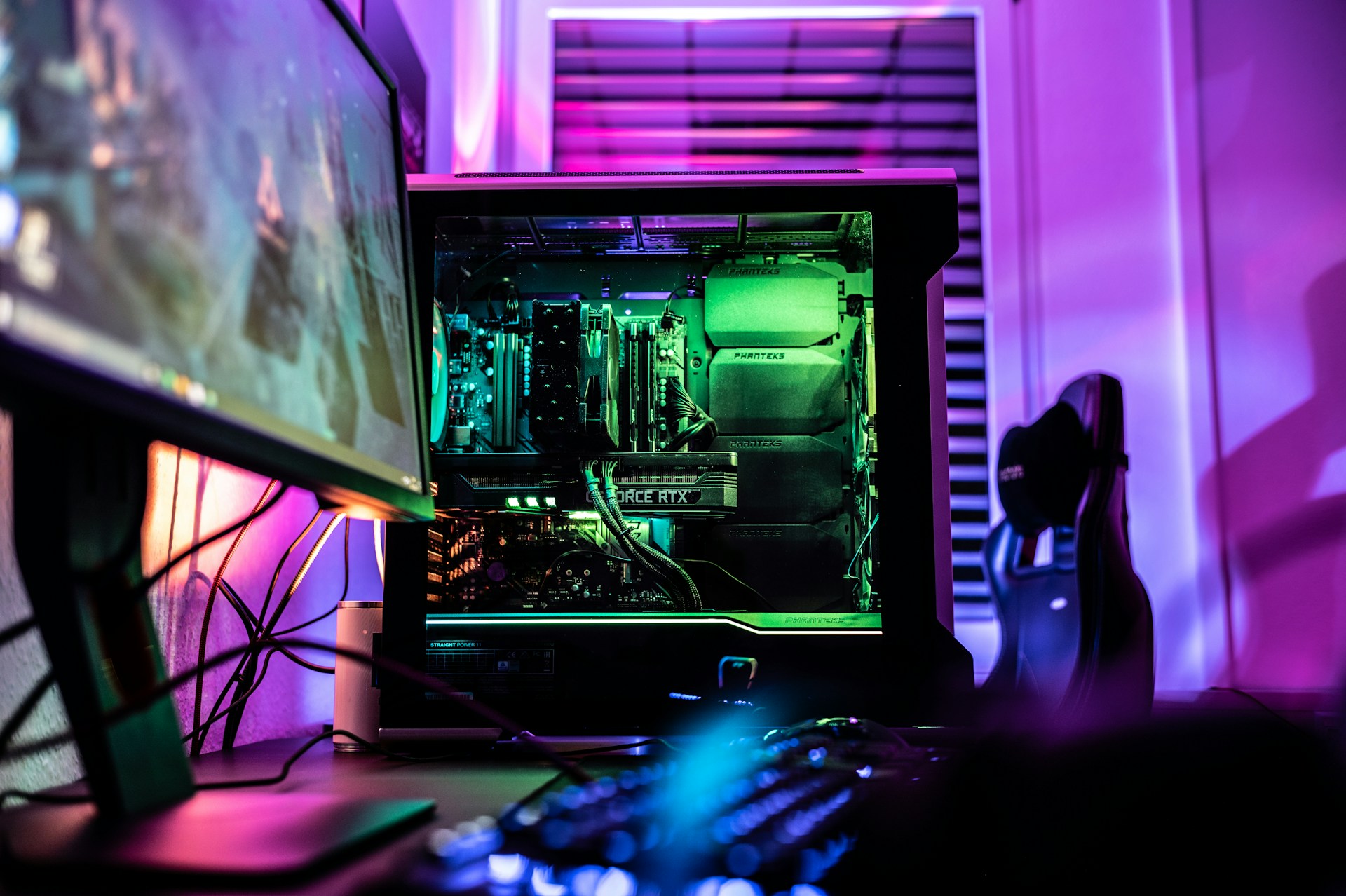While I acknowledge that overediting can be a topic of concern, basic editing of photographs is standard in the media world. iPhones have countless versions of photograph editing applications that do everything you can think of for free.
It can be easy to get caught up in the world of modifications and revisions. If there is an opportunity to change something, would you take it? Or I guess I should be asking, “Should I use iPhone applications to edit photographs on my phone, or should I keep the original photograph the way it is?”
Why Edit Photos?
When it comes to capturing photographs and videos, what device initially comes to your mind? Is it a camera? It would make sense if that was your thought. In the world of emerging technologies, cameras have long been considered the most useful equipment for media.
In recent years, another way of capturing media has been on the rise. Right in the palm of your hand, phones are a quick and easy way of taking a photograph or recording a video. What is even more common these days is taking a photograph you have on your phone, going into an editing application, and then posting the updated version of that photograph to social media platforms.
You don’t have to be a professional photographer to get professional results when editing on your iPhone, although there are some things to keep in mind. For example, is it possible to edit pictures in certain media formats, such as JPGs or PNGs? Can photos be reverted to their original versions? Editing can soon feel overwhelming.
Here are some pros and cons of editing to help you decide: should you edit iPhone photos?
The Cons
Editing iPhone Photos Can Be Misleading
Intent of editing matters! If you are editing a photograph for yourself, or if you reproduce them as pieces of art, editing photographs may be something you participate in regularly. However, oftentimes I see photographs posted that make the user think one thing while something else entirely is going on.
Photographs can change one’s perception of reality. With cameras, back in the day, what you would see is what you would get. Today, changing a background or even magically editing someone out of a photograph is commonplace.
Those types of editing tools are useful and often have a place when the person taking the photograph wants to make it more interesting or artistic. However, it is important to consider what message the photograph is sending as well as its purpose.
Does the editing change the “truth” of the photograph, and does that matter?
Unrealistic Expectations
Features on your iPhone, like Snapchat, are widely known for encouraging the use of filters when taking photographs to send to your friends. What started as something silly like having dog ears and a tongue has turned into extreme glam filters that instantly get rid of any blemishes, changes eye color, smooths out skin, etc.
Self-esteem issues have arisen from the use of these filters. Many times people can’t look at their unedited photographs without seeing something “wrong” about themselves.
It has come to the point that, to many people, regular photographs look like just that – regular. Influencers on platforms such as Instagram are constantly editing their photographs and end up setting “perfection” standards that are unrealistic and stray far from what is real. As the photographer, how far from reality is appropriate to you?
The Pros
iPhone Camera Quality Can be Set to 4K and HDR
At the end of the day, the photograph will be useless if your media isn’t of good quality. An edited photograph is poor if the original photograph is poor. If you’re going to edit iPhone photos, make sure to start with a high-quality image.
What you might not know is that there is an option in your phone’s settings that can change the video quality of your camera to 4K and the photograph quality to HDR, which is the quality of professional movies. In fact, there is a movie called “Tangerine” that was specifically only shot on an iPhone 5S Smartphone.
Right in the App Store
Once you have the photograph taken, there are many ways to edit iPhone photos it right from your smartphone. There are various applications in your iPhone app store that work as well as the professional editing software on a computer. Photoshop Express Editor, Adobe Lightroom and Adobe Premiere Rush are just a few examples of powerful editing tools. Free applications like Snapseed, Darkroom, Enlight Photofox and AirBrush also perform as well as subscription level applications.
Should You Use Photograph Editing Applications?
Many people don’t think of phones as a professional piece of equipment for editing media, but there are many examples to the contrary. With every frequent update, phones and their applications are ever changing. Consider these tips in the future, and who knows, you may be surprised by the results of your next photograph.
Recent Stories
Follow Us On
Get the latest tech stories and news in seconds!
Sign up for our newsletter below to receive updates about technology trends














